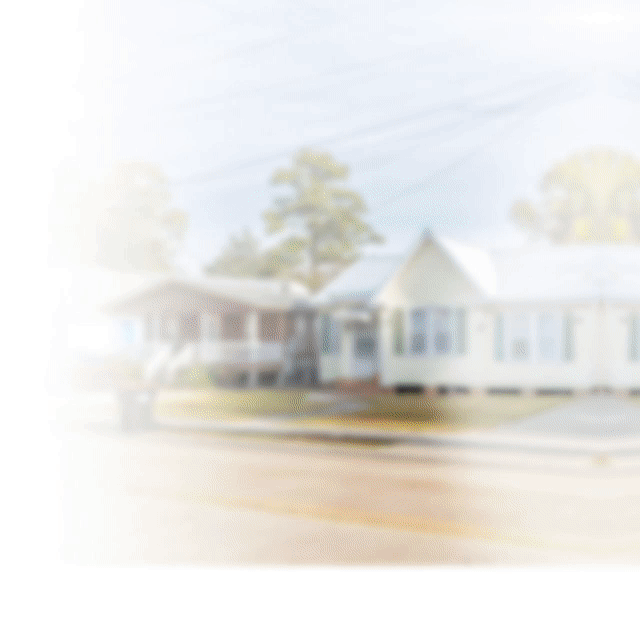A study of child marriage and adolescent pregnancy in Kailahun District and the Western Area Rural in 2021 has revealed that, 36% of adolescent girls were pregnant or had given birth, and among those who had given birth, 72% were not married or living with partners.
The report also revealed that 7% of adolescents were married and living together, 4% were married and not living together whiles 15% were not married but living together (tap to me).
The ‘Ending Child Marriage,’ Social and Behavioral Change report was launched on Friday, 24th June at the Conference hall of the Atlantic Lumley Beach Hotel and attracted the presence of stakeholders including paramount chiefs, student forum groups, and media among others.
In her welcome statement, Eleanor Johnston, Programme Development +Quality Director, Save the Children said it was very exciting to see the project being implemented at the point of the baseline research.
She said the intention of the project was to gain evidence on both the norms around child marriage in communities in Kailahun and the activities that change those norms and through that.
She said they were piloting a system to work on a national level looking at legislation and policy and compliment it with community based work with key stakeholders at community level by bringing them onboard in changing norms around child marriage.
“Save the Children is a child right organization, so we feel very strongly about being part of the movement to end child marriage in Sierra Leone and we feel very honourd to taking the lead in the project. Ending child marriage is part our strategic plan of 2022 to 2024 as a key child protection goal. So we are very much looking forward to the result of this project and the other programmes that we are doing on that area to really gain momentum and make changes for the children of Sierra Leone,” she stated
Giving the project overview, Victoria Squire said the ECM project is a two-year pilot programme that was intended to be translated into a replicable model. She said the project geared towards creating a significant shift in beliefs, behaviours and societal norms and is supported by policies to end child marriage in the country.
She said Kailahun district is the focal geographic area of the project and covers 4 chiefdoms and 15 communities in Kissy Ten, Mandu, Peje Bongre and Yawei.
She added that the ECM study in Kailahun set out to deepen understanding of the local context and drivers of high rates of adolescent pregnancy and early and force marriage, as well as identifying multifaceted and contextually viable solutions to reduce occurrence through engaging with community members.
She said the study employed two qualitative research methods-Participatory Action Research (PAR) and Key Informant Interviews (KIIs) and was conducted in April 2022. She added that PAR participants were age 18 years and older and included youth, adult, and elder participants. KII participants included chiefs, religious leaders, Sowei’s (initiation leaders), woman leader and health workers.
According to the report, child marriage includes child voluntarily asking men for cohabitation/marriage and that pregnancy and early marriage and poverty are underlying drivers. The report findings revealed that programming to address adolescent pregnancy and early marriage is fragmented and that there is therefore a need for a well-grounded implementation models.
The report found out that adolescent pregnancy and child marriage are inextricably linked, that adolescent pregnancy is the larger problem and is an underpinning factor that leads to cohabitation and marriage between young girls and men, boys and men seeking sexual relationships with girls under the age of 18 among others.



 Post a comment
Post a comment 









